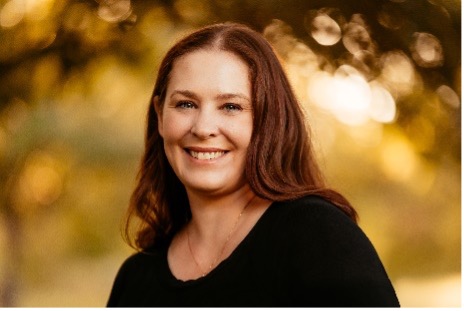
November 16, 2022
4-5pm
Hosted By Dr. Gwen Robbins Schug, the Department of Biology, the Department of Anthropology, RISE, ADVANCE, and the Native American Student Association
How–and when–did people first come to the American continents? In the last two decades, models to answer this question have been rapidly evolving. As researchers have worked to construct and test new models for the initial peopling of the Americas, they have increasingly incorporated evidence from the genomes of ancient peoples, which provide an archive of human population history. Ancient DNA has revealed a complex story of migrations, isolation, and adaptation, one which is still unfolding as more genomes are studied every year.
In this talk, we will examine the latest genetic and archaeological evidence for the origins of the First Peoples. We will piece together a story told by fragments of DNA recovered from a tooth in Siberia, by a small broken knife found deep below the surface of a muddy pond in Florida, by the footprints of children left thousands of years ago on the banks of an ancient lake in New Mexico. We will explore why the same pieces of evidence tell different stories to different groups of scholars.
A picture of this history is gradually coming into focus, but there are still many unanswered questions. We will discuss the future of genetics and archaeological research, and the ethical directions in which this field needs to go.